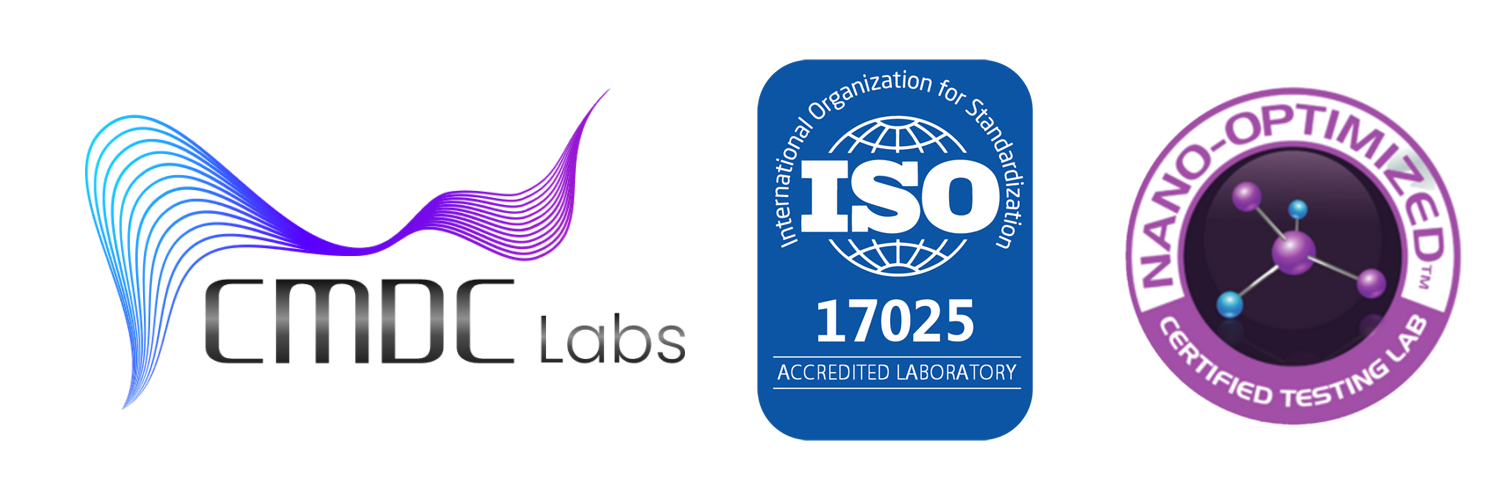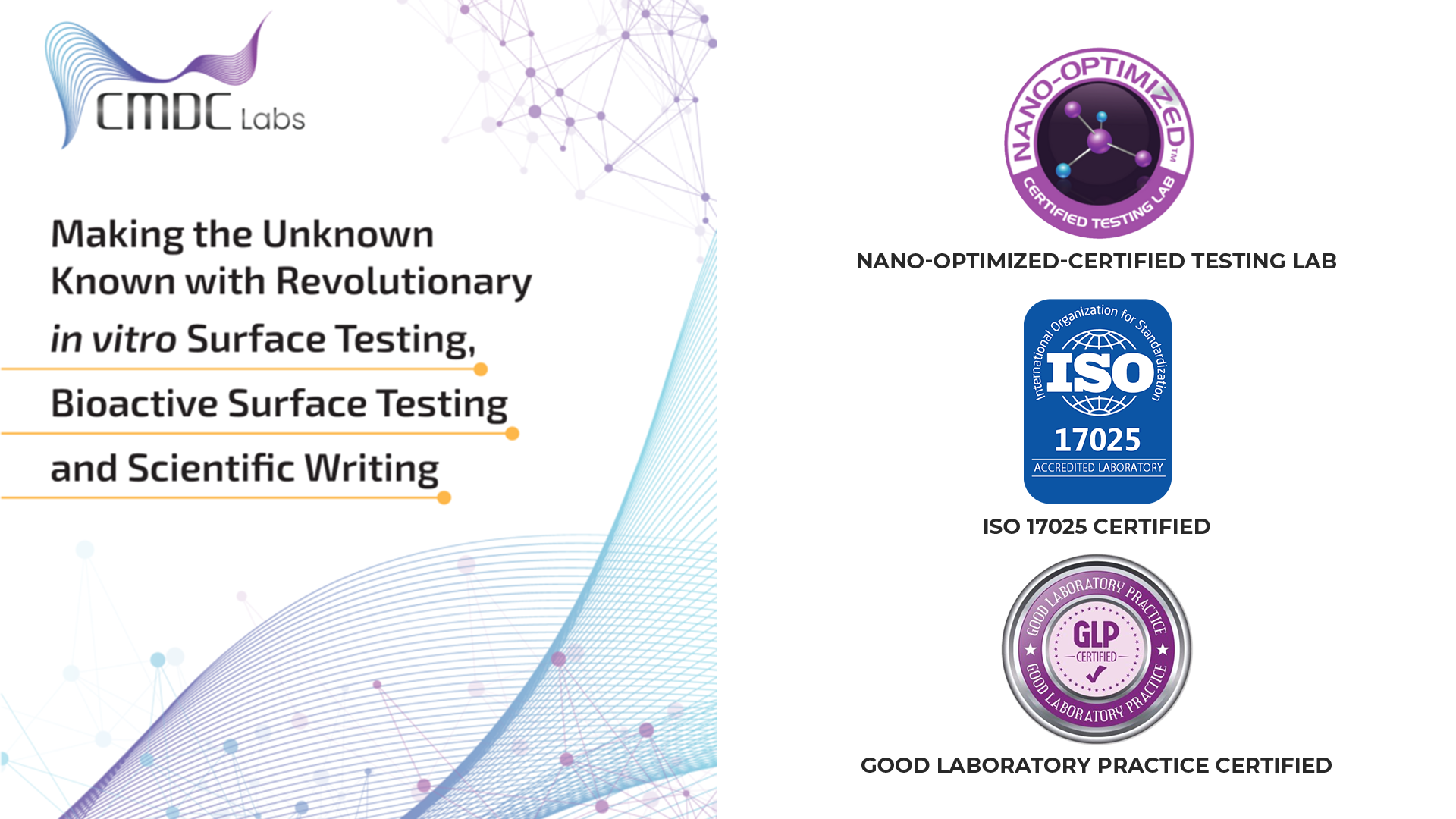Ensuring the safety and quality of food products is a critical responsibility within the food industry. Advances in food microbiology testing have revolutionized how we detect, identify, and quantify microbial contaminants in food. These innovations not only enhance food safety but also streamline the testing process, making it more efficient and reliable. CMDC Labs is at the forefront of implementing these cutting-edge techniques to maintain the highest standards of food safety.
Importance of Food Microbiology Testing
Food microbiology testing is essential for identifying pathogens, spoilage organisms, and other microbial contaminants that can compromise food safety and quality. Effective testing helps prevent foodborne illnesses, protects public health, and ensures compliance with regulatory standards. The continuous evolution of testing methodologies allows laboratories like CMDC Labs to provide more accurate, timely, and comprehensive results.
Key Innovative Methods in Food Microbiology Testing
- Polymerase Chain Reaction (PCR) PCR is a molecular technique that amplifies DNA sequences, enabling the detection of even minute amounts of microbial DNA in food samples. This method is highly sensitive and specific, making it ideal for identifying pathogens such as Salmonella, Listeria, and E. coli. PCR reduces the time required for pathogen detection compared to traditional culture methods, providing faster results for timely decision-making.
- Next-Generation Sequencing (NGS) NGS offers a comprehensive approach to analyzing the genetic material of microorganisms present in food samples. This technique allows for the simultaneous detection and identification of multiple pathogens and spoilage organisms. NGS is particularly useful for tracing the source of contamination and understanding the microbial diversity within food products.
- Enzyme-Linked Immunosorbent Assay (ELISA) ELISA is an immunological method that uses antibodies to detect specific antigens associated with pathogens. It is widely used for screening large batches of food samples for contaminants such as allergens, toxins, and pathogens. ELISA is cost-effective, easy to perform, and provides rapid results, making it suitable for routine food safety testing.
- Biosensors Biosensors are analytical devices that combine a biological sensing element with a physical transducer to detect microbial contaminants. These devices offer real-time monitoring and can be designed to detect a wide range of pathogens. Biosensors are portable, user-friendly, and can be used in various settings, including food processing facilities and field inspections.
- Mass Spectrometry (MS) Mass spectrometry, particularly when combined with chromatography, provides precise identification and quantification of microbial metabolites. Techniques such as MALDI-TOF MS (Matrix-Assisted Laser Desorption/Ionization-Time of Flight) are used for rapid identification of bacteria and fungi. MS is highly accurate and can handle complex food matrices, making it invaluable for comprehensive food safety testing.
Applications of Innovative Testing Methods
- Pathogen Detection and Identification Rapid and accurate detection of pathogens is crucial for preventing foodborne outbreaks. Advanced methods like PCR and NGS enable the identification of multiple pathogens in a single test, reducing the time and resources required for comprehensive analysis.
- Spoilage Organism Analysis Identifying spoilage organisms helps in extending the shelf life of food products and maintaining their quality. Techniques like ELISA and biosensors can detect spoilage organisms at low levels, allowing for early intervention and prevention of food spoilage.
- Allergen Testing Ensuring that food products are free from allergens is essential for consumer safety. ELISA is commonly used for detecting allergens such as peanuts, gluten, and shellfish in food samples. This method ensures that food labels are accurate and that consumers are protected from allergic reactions.
- Quality Control and Regulatory Compliance Innovative testing methods ensure that food products comply with regulatory standards set by agencies such as the FDA and USDA. Regular testing for microbial contaminants helps in maintaining product quality and avoiding recalls due to contamination.
CMDC Labs’ Commitment to Innovation
At CMDC Labs, we are committed to leveraging the latest advancements in food microbiology testing to ensure the safety and quality of food products. Our state-of-the-art laboratory facilities and highly trained staff enable us to implement these innovative techniques effectively. By staying at the forefront of technological advancements, we provide our clients with reliable, accurate, and timely testing services.
Conclusion
The landscape of food microbiology testing is continuously evolving, with innovative methods enhancing the detection, identification, and quantification of microbial contaminants. Techniques such as PCR, NGS, ELISA, biosensors, and mass spectrometry are revolutionizing food safety testing, ensuring that food products are safe for consumption. CMDC Labs is dedicated to adopting these advanced methods to provide the highest standards of food safety and quality.
For more information on our food microbiology testing services and how we can support your food safety needs, visit CMDC Labs.

